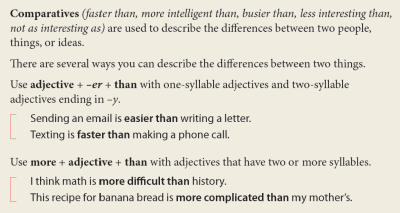ELT Teaching procedures
Deductive and inductive teaching are two approaches that are applied to grammar learning and teaching. In the deductive approach, the learner is given a general grammatical rule which is applied to specific language examples and then, practiced through exercises. The inductive approach involves the opposite action: learners are given practical exercises in order to detect the patterns and work out a rule by themselves. Some grammar books may prefer to use one approach over the other, while others may be more flexible and present both of them, according to what the language studied permits (Oxford University Press, 2015).
On the one hand, deductive teaching is a top-down approach, it goes from the more general to the more specific: first, we have a general theory from which we make specific hypotheses that are finally tested. On the other hand, inductive teaching is a bottom-up approach, moving from the more specific to the more general: specific observations are made to detect patterns, formulate hypotheses, and draw conclusions (Oxford University Press, 2015).
As deductive teaching approach is more general and widely used, the inductive approach is determined by whether the nature of the language being taught permits it or not by its consistency and simplicity of use and form (Oxford University Press, 2015).
Images retrieved from: https://oupeltglobalblog.com/2015/04/24/inductive-and-deductive-grammar-teaching/





Comments
Post a Comment